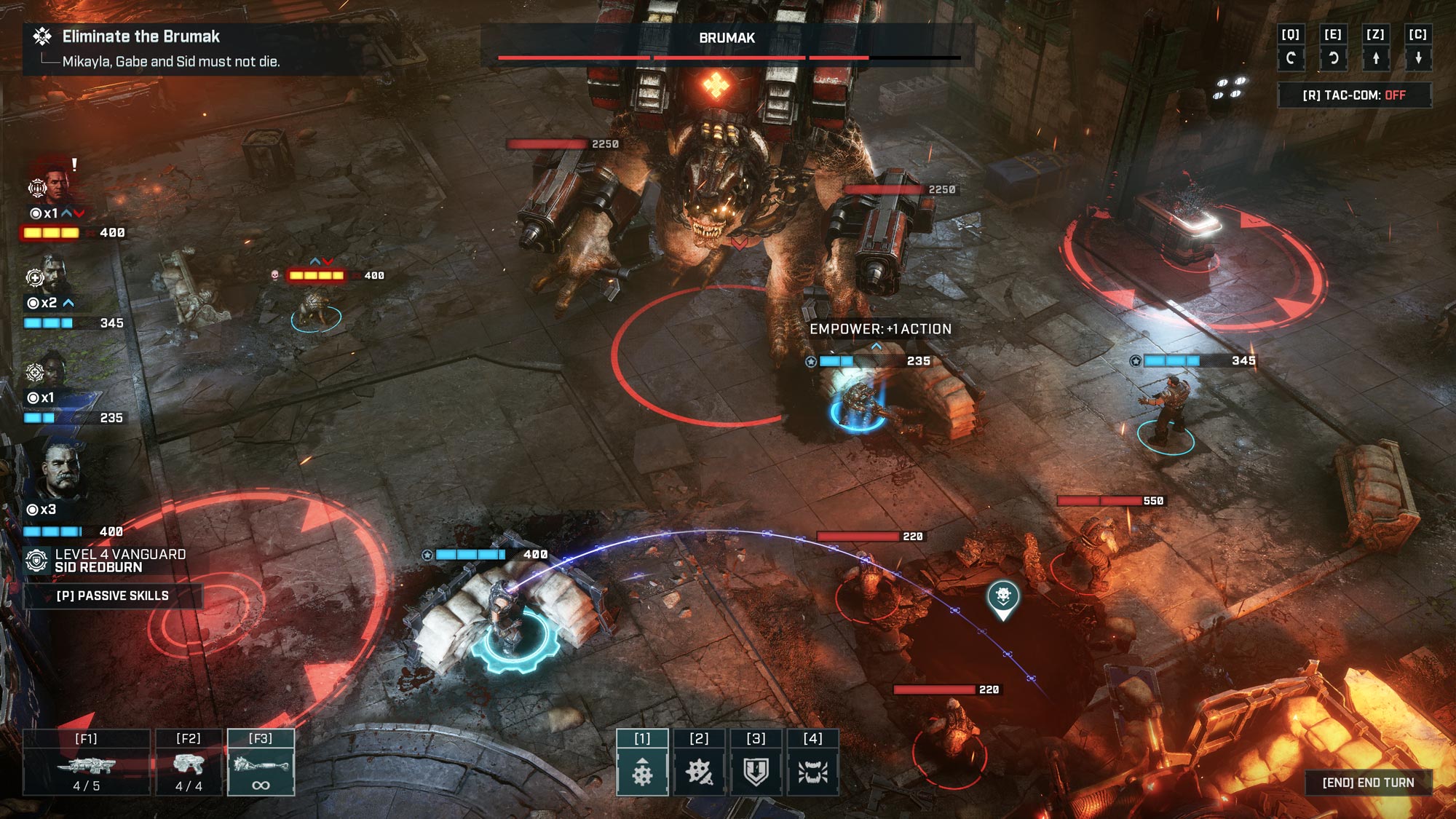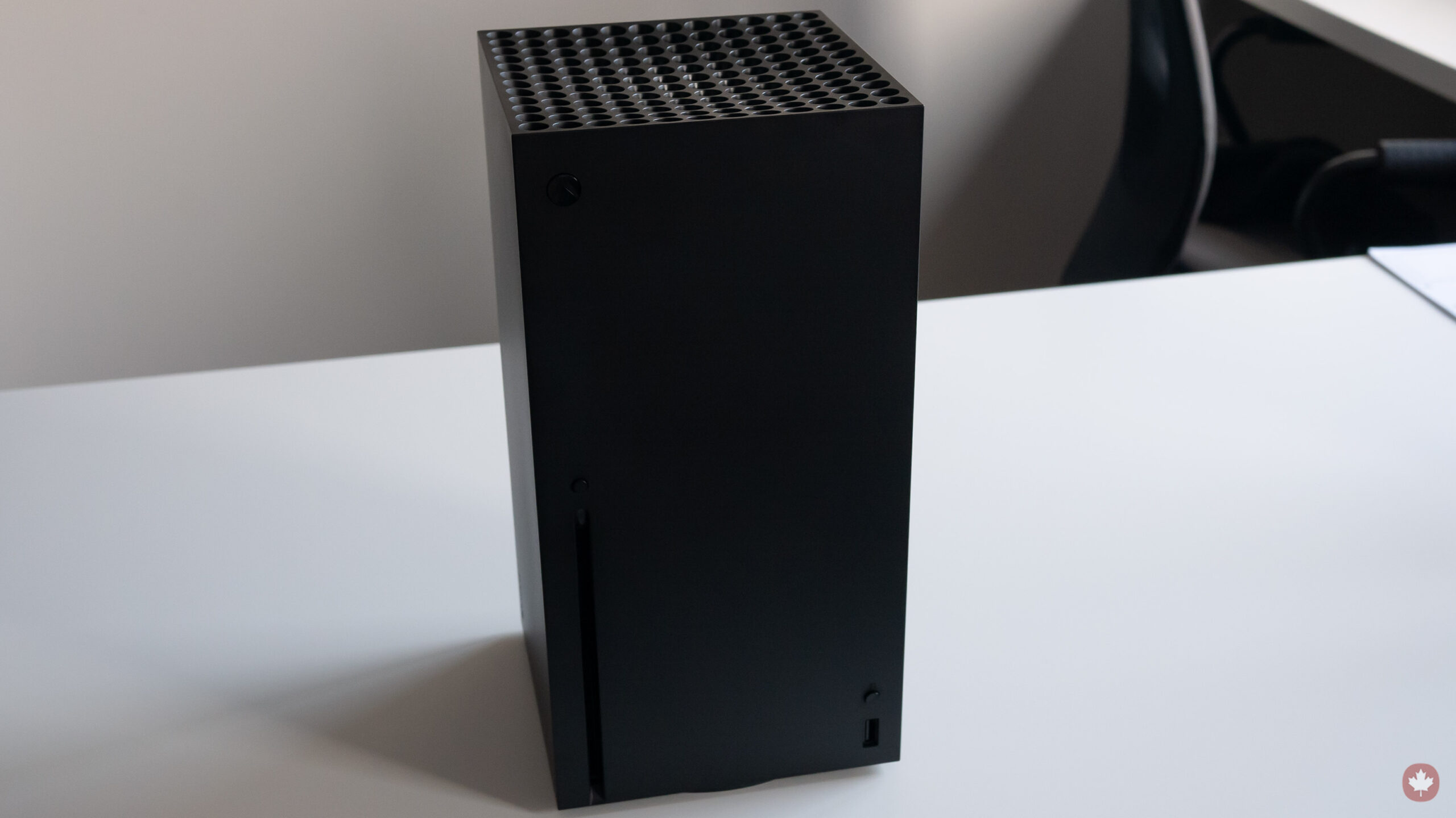
After spending the last several weeks with the Xbox Series X, one thing is for certain: Microsoft’s next video game console is set to focus on far different things than its predecessors.
I’ve made several new observations about the console and its games that I’m now able to talk about given that specific embargo restrictions have lifted, including my early impressions of next-generation games, 120Hz gaming, the 1TB Expansion Storage Card and more.
If you’re looking for my thoughts on the console’s sleek, forward-thinking design, follow this link.
No, the Series X doesn’t have a heat problem
While I initially thought the Series X was quiet, I’m not sure I truly realized how whisper-silent the system really is — even when playing actual next-gen games like Dirt 5.
The system, contrary to the ethically questionable narrative some publications are pushing regarding the Series X having a “heat problem,” doesn’t run hot at all in my experience.
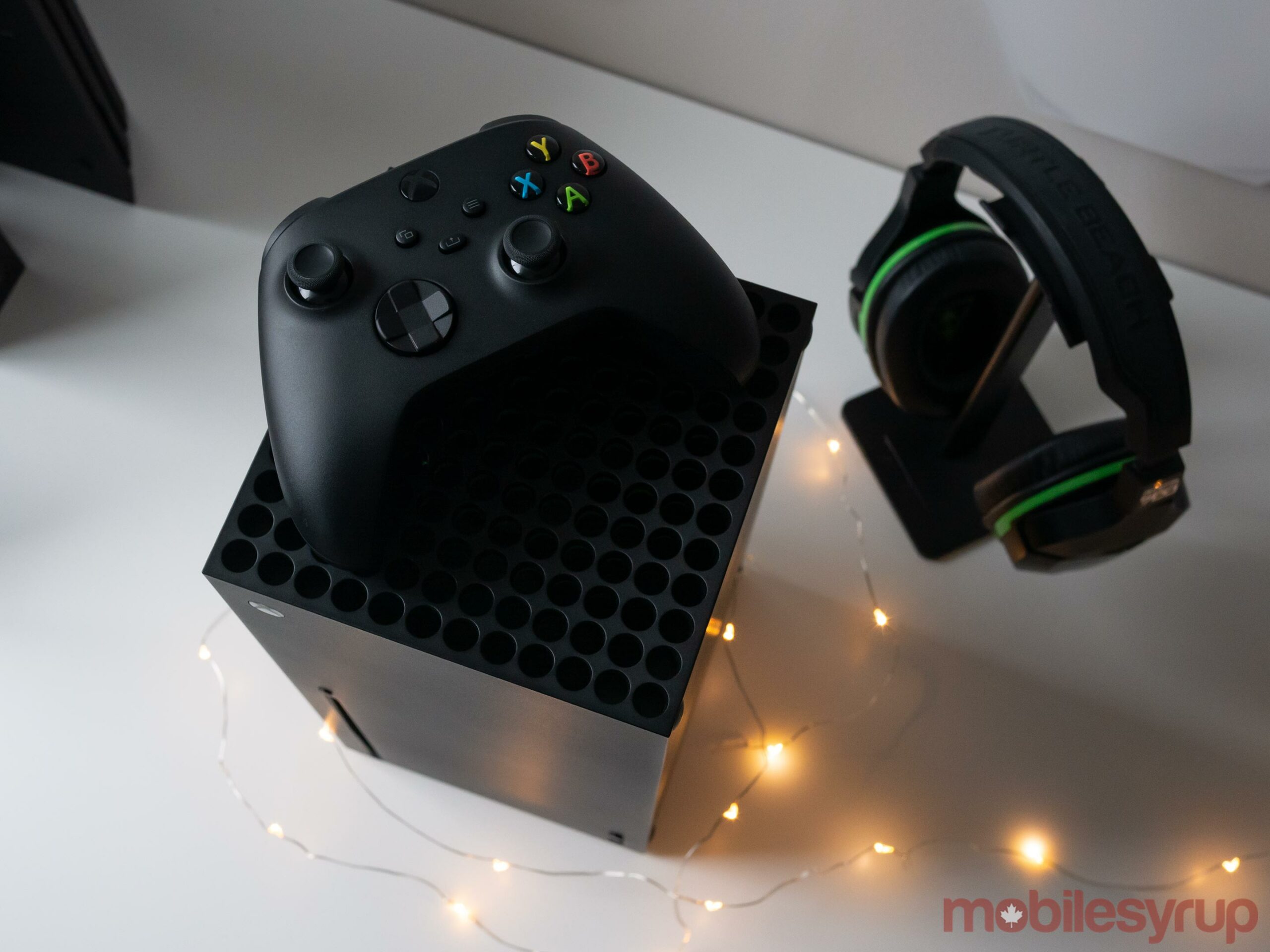
Sure, warm air is pushed out from the top of the Series X at a greater rate after gaming for an extended period of time, but this isn’t different from my experience with any other video game console and, in fact, is an indication that the Series X’s cooling system is working properly.
Expensive external storage upgrades
There’s no denying that upgrading the Xbox Series X’s storage is a pricey proposition.
Seagate’s 1TB Storage Expansion Card costs an astounding $300 in Canada, but currently, it’s the only option for expanding the system’s 1TB NVMe that takes advantage of Xbox’s fast-loading ‘Velocity Architecture.’ You could, of course, load games onto a standard USB 3.1 hard drive and then transfer them over to the Series X’s internal storage as you need them, as an alternative.
Given that I’m really only playing three or four games at a time, I have no issue with deleting a game or two off my drive to make extra space. Do you really need every game you own installed at all times? Probably not. Of course, this isn’t a feasible solution if your internet connection is slow, you have a restrictive data cap or if you’re the type of person who really plays tons of games simultaneously.
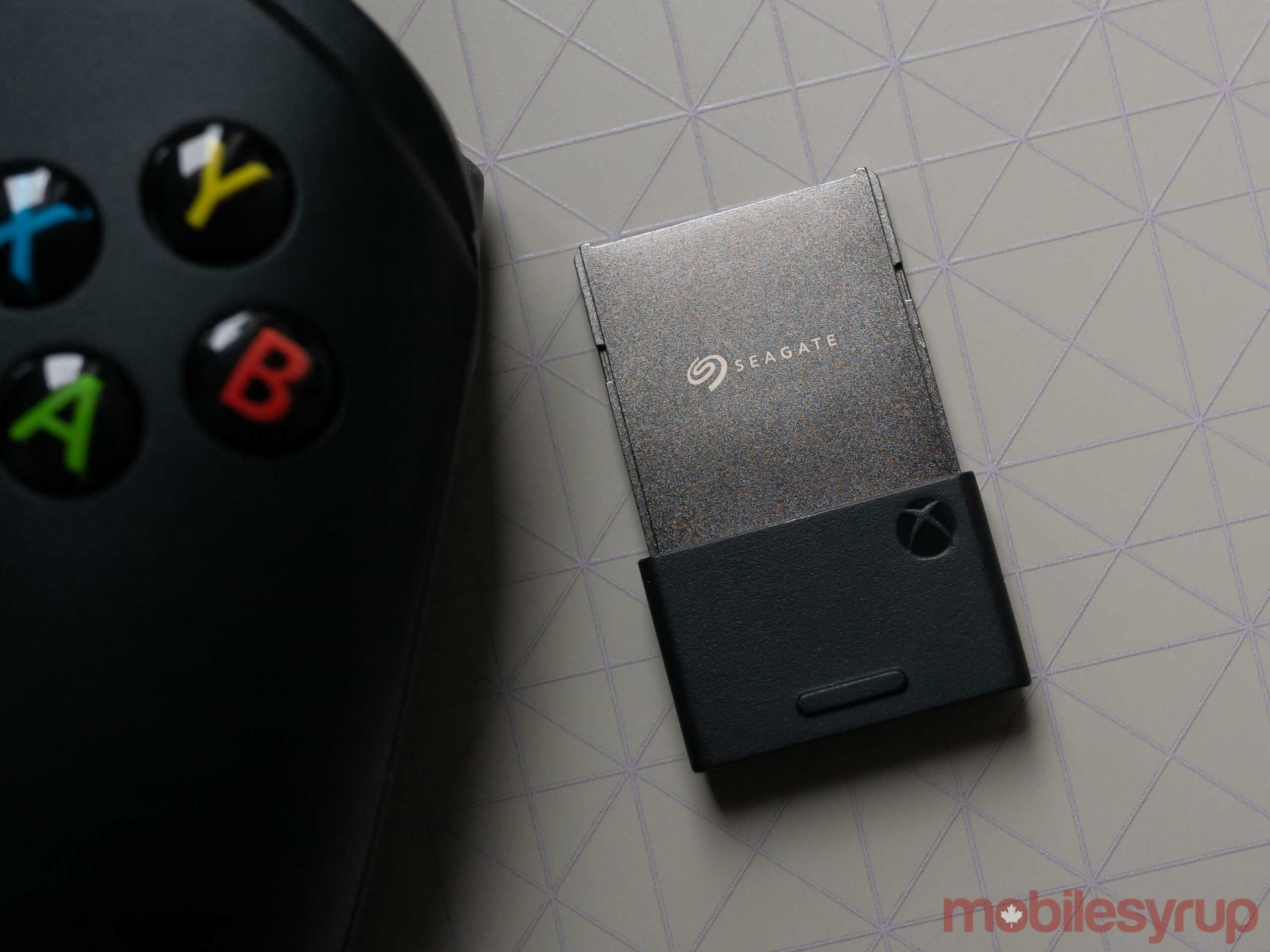
It’s also worth noting that you can also still plug in a standard USB 3.1 external hard drive to the Series X for backwards-compatible Xbox One titles, but you’ll lose the faster loading times provided by the 1TB NVMe or Storage Expansion Card.
The experience of using the Series X’s Storage Expansion Card is straightforward. You plug it into the slot at the back of the console and the Series X instantly recognizes it. However, you need to specify apps and games to download to the card. I ran into an issue where the Series X’s 1TB NVMe drive was full, and I assumed that the games I was downloading would automatically go on the Expansion Card instead. Unfortunately, there’s a prompt you need to accept for this to happen, which foiled my plan to download several games during the day while working.
120Hz comes to console gaming
While 120Hz gaming truly does feel far more compelling than I expected and I do find the additional smoothness it offers noticeable, I’m not sure it’s the complete game-changer marketing surrounding the Series X makes it out to be.
Like I stated in my previous preview story focused on the Series X, the number of games that will support 120Hz at launch is limited. In this specific preview build, it’s even more restricted. So far, only Dirt 5 and Gears 5 run at 120Hz, with even Ori and the Will of the Wisps not yet updated to take advantage of the technology.
Dirt 5 looked absolutely stunning running in 120Hz with a dynamic 1440p resolution on the HDMI 2.1 compatible 55-inch LG CX OLED television LG provided me with. There’s a real sense of speed and fluidity I haven’t experienced with other video games.
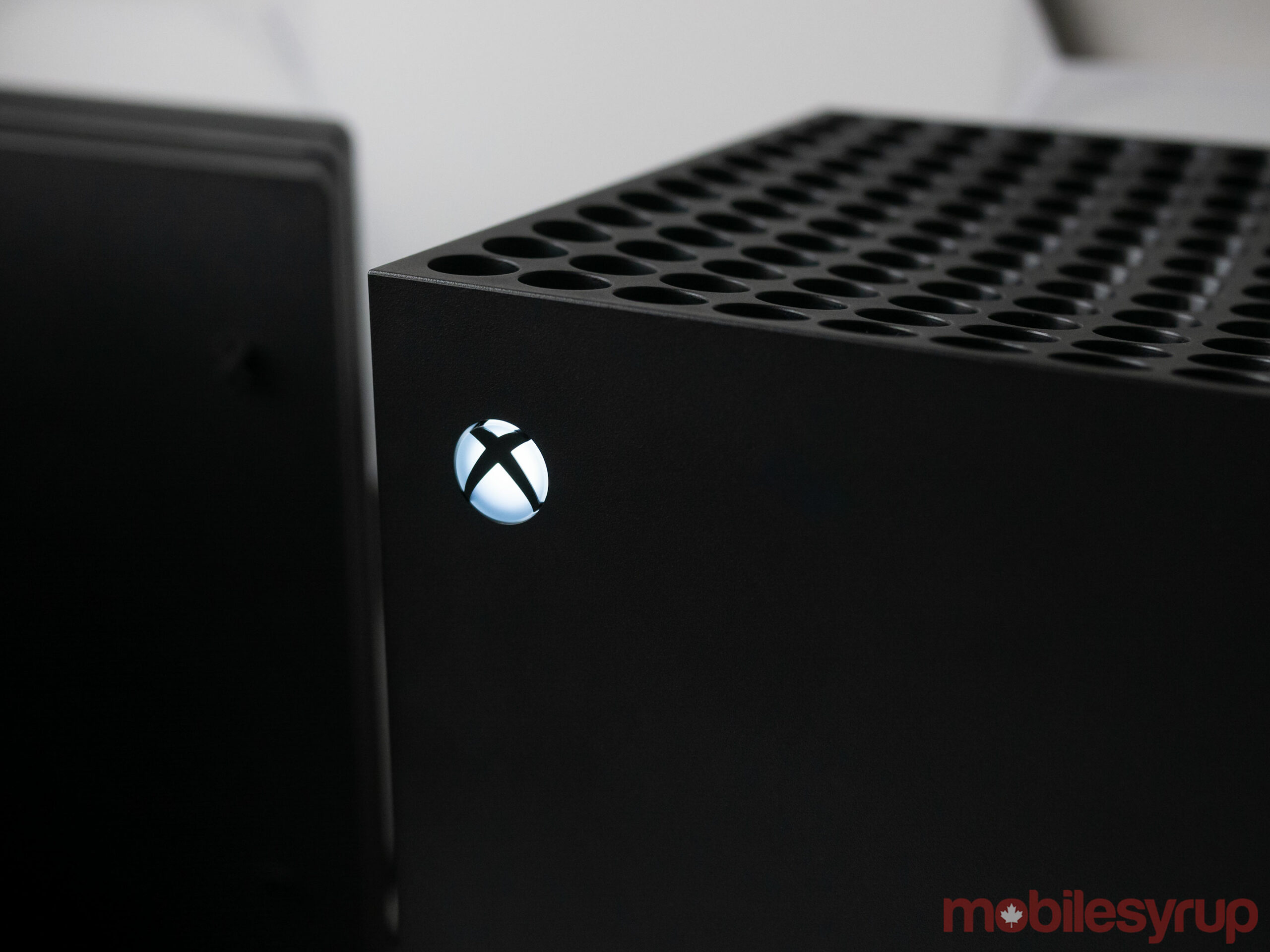
With Gears 5, on the other hand, I found the 120Hz slightly less noticeable, likely because the game’s combat moves at a slower, more plodding pace. Gears 5 did look smoother, but the difference was far more negligible when compared to Dirt 5. 120Hz gameplay is only available in Gears 5‘s versus mode.
It’s worth noting that higher refresh rates will be felt more in different genres — for example, first-person shooters and racing games like Dirt 5. Halo Infinite, a game that was supposed to be the Series X’s and Series S’s marquee launch title before its delay a few months ago, will likely be one of the biggest games to support a 120Hz refresh rate.
While it’s still too early to tell, very few Xbox Series X games will likely end up supporting 120Hz, so if you’re itching to run out and purchase a new HDMI 2.1-compatible TV, I’d wait a few months unless you’re an early adopter like myself.
It’s also important to point out that the experience of getting 120Hz up and running on the LG CX OLED wasn’t totally smooth. My initial attempts before playing around with several settings resulted in the display repeatedly flashing to a black screen every few seconds.
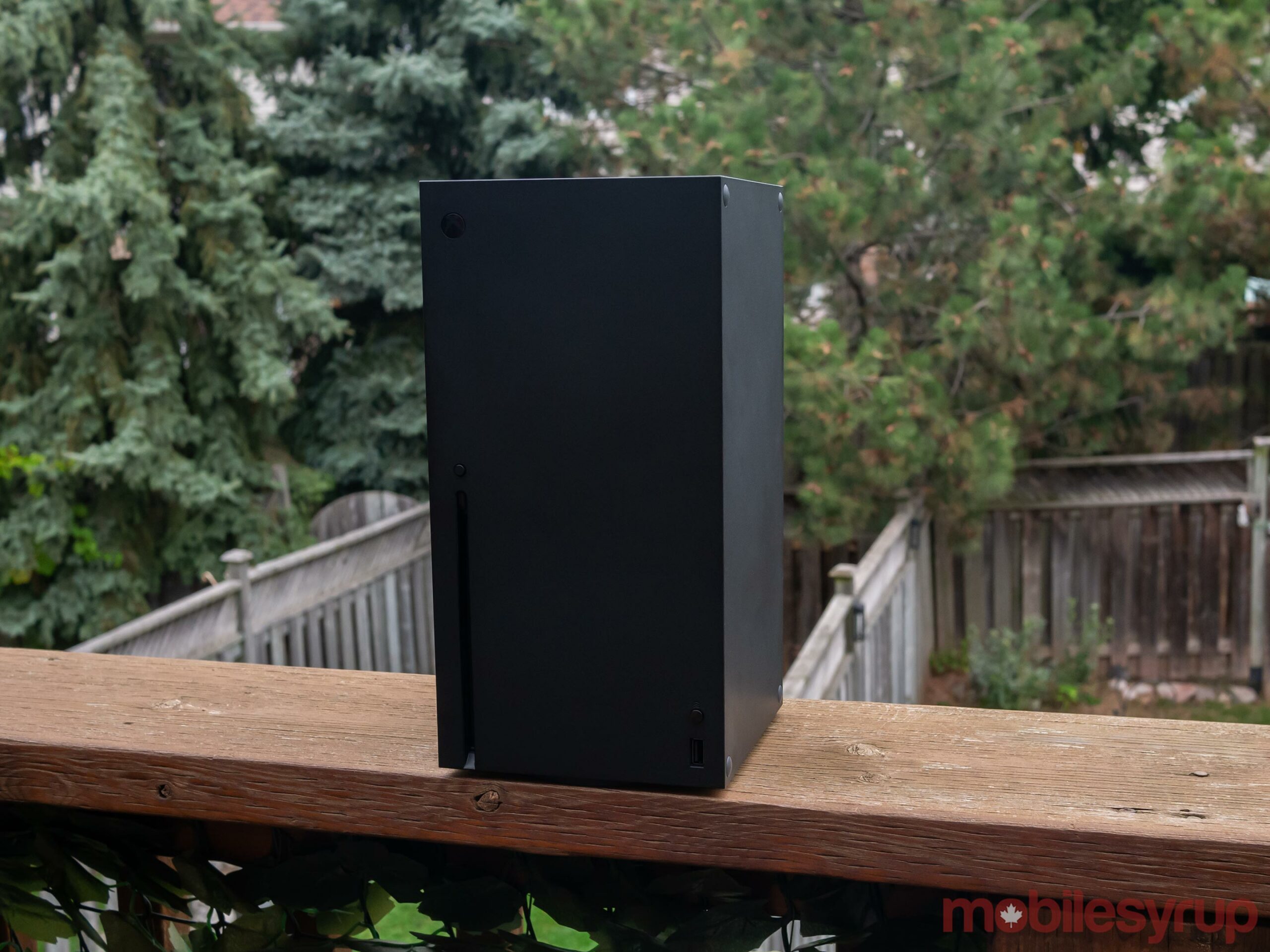
I first had to turn off the TV’s ‘Instant Game Response’ so that it would stop automatically switching to ‘Game Mode.’ Also, I needed to turn off ‘AMD FreeSync,’ a feature primarily designed for PC gaming that matches the game and display’s refresh rate. Next, I also turned on 120Hz manually within the Xbox Series X’s display settings, before turning Game Mode back on manually.
Finally, I then needed to navigate Dirt 5′s in-game video settings to ‘120Hz Mode’ instead of ‘Frame Rate’ and ‘Image Quality.’ Each of these modes prioritizes different aspects of the game’s visuals.
For example, Image Quality features better shadows, lighting and overall improved graphics, while dynamically moving between 2160p and 1440p depending on how much action is on the screen. On the other hand, Frame Rate mode features a bit more texture pop-in but aims to lock the frame rate to as close to 60fps as possible. Finally, 120Hz mode features slightly fewer visual flourishes with the dynamic resolution moving between 1080p and 1440p. Digital Foundry has a great breakdown of all of these video modes if you want to learn more.
I expect other HDMI 2.1 120Hz compatible televisions also suffer from similar issues. However, it’s likely that all of these problems will be ironed out through television software updates by the time the Xbox Series X releases on November 10th.
Dirt 5, Yakuza: Like a Dragon and Gears Tactics
After spending the last few weeks playing Xbox One titles on the Xbox Series X and experiencing the faster load times, improved framerates and, overall, sometimes shockingly smoother performance, I’ve finally been able to go hands-on with two cross-generation titles: Dirt 5 and Yakuza: Like a Dragon.
The first thing I noticed about Dirt 5 is how incredibly clean the game looks when running on the Series X. There is absolutely no aliasing or jagged edges on vehicles or in the distance like I’ve noticed with even the best-looking racing games, like Forza Horizon 4. The only issue I’ve encountered is that some of the names above other racers sometimes shake strangely, though that could be something fixed in a post-release update. Load times are also almost non-existent thanks to Microsoft’s Velocity Architecture technology.

Visually, the sense of speed and smoothness is palpable when the game is running at 120Hz. Weather also plays a significant role in Dirt 5. For example, a particular track in Norway starts off with a light amount of snow, but it gets progressively deeper as the race continues. By the end of the race, you can actually feel your vehicle’s tires carving through deep snowdrifts, adding a new challenge to what was originally a very straightforward race.
Beyond looking visually striking, Dirt 5‘s campaign is very simple and arcade-focused. You race different off-road vehicles through several types of races, including Rallycross-like ‘Ultracross,’ ‘Land Rush,’ the jump-filled ‘Stampede’ mode, and my favourite, totally off-road ‘Path Finder’ races.

Though I haven’t spent a ton of time with Dirt 5 yet, I’m impressed with what I’ve experienced so far. I’ve always appreciated arcade-focused racing games and have a soft spot for the Forza Horizon series, so it’s great to see Codemasters pick up the mantle in that respect.
Yakuza: Like a Dragon, on the other hand, is a different story. The game’s visuals are a little janky and generally don’t feature the polish I’d expect from a next-gen title. The game itself is also a bit of an acquired taste and is part of long-running series of Grand Theft Auto-like beat-em-ups. Players move between performing sometimes amusing mundane desk jobs and watching extremely cheesy melodrama-filled cutscenes. For example, one mission involved fighting a group of adult men dressed as babies after fetching hot water for a man being harassed by the Yakuza for his baby formula — yes, you read that correctly.
Given that Like a Dragon is a timed next-gen exclusive for the Series X, it’s disappointing that Ryu Ga Gotoku Studio doesn’t seem to have taken advantage of the Series X’s power.

This particular entry in the series ditches the previous games’ active fighting system for four-person turn-based combat with a job system.
Part of what makes the game a little overwhelming is that the demo drops the player directly into Chapter 5, giving you little indication of what’s actually going on. I’m not willing to write Yakuza: Like a Dragon off entirely yet, but this could all be a simple case of the game not being for me.
Finally, there’s the console port of the previously PC-exclusive Gears Tactics.
While the game’s surprisingly fast-paced turn-based gameplay is compelling and it looks great, especially its cutscenes, once again, it doesn’t feel like Gears Tactics is fully taking advantage of the Xbox Series X’s power.
After all, it’s a turn-based take on the Gears of War formula. I’d describe Gears Tactics as being the recent XCOM revival but without the base management and additional fluff. During my brief time with the game, it was very clear that it’s nearly entirely focused on combat.
You can also play Gears Tactics on the Xbox Series X with a mouse and keyboard, though this isn’t something I tested out.
Apex Legends is a perfect example of next-gen benefits to current-gen games

One of the things that have surprised me during my time with the Xbox Series X is the benefits the console provides to current-generation games.
I’ve been playing Apex Legends for nearly two years now on an Xbox One X, where the game’s resolution dynamically scales between 1080p and 1440p, with the frame rate dropping to 50fps sometimes but 60fps being the target, according to reports.
On the Series X, the game looks far sharper, leading me to believe that it’s running at what feels like a more consistent 4K resolution. I’ve reached out to Microsoft for more information regarding Apex‘s performance on the Series X.
The rampant anti-aliasing in the distance I often noticed on the Xbox One X is nearly entirely gone. When I turn on the new in-game frames per second tracking feature, the game also is locked to a solid 59 fps, even during the most hectic moments (why the indicator doesn’t say 60fps remains unclear).
There are likely several other games that have received similar significant performance boosts, but Apex is certainly one of the first where the difference is immediately perceivable. There’s also a possibility that a next-gen patch could be coming to Apex at some point in the future.
Everything else
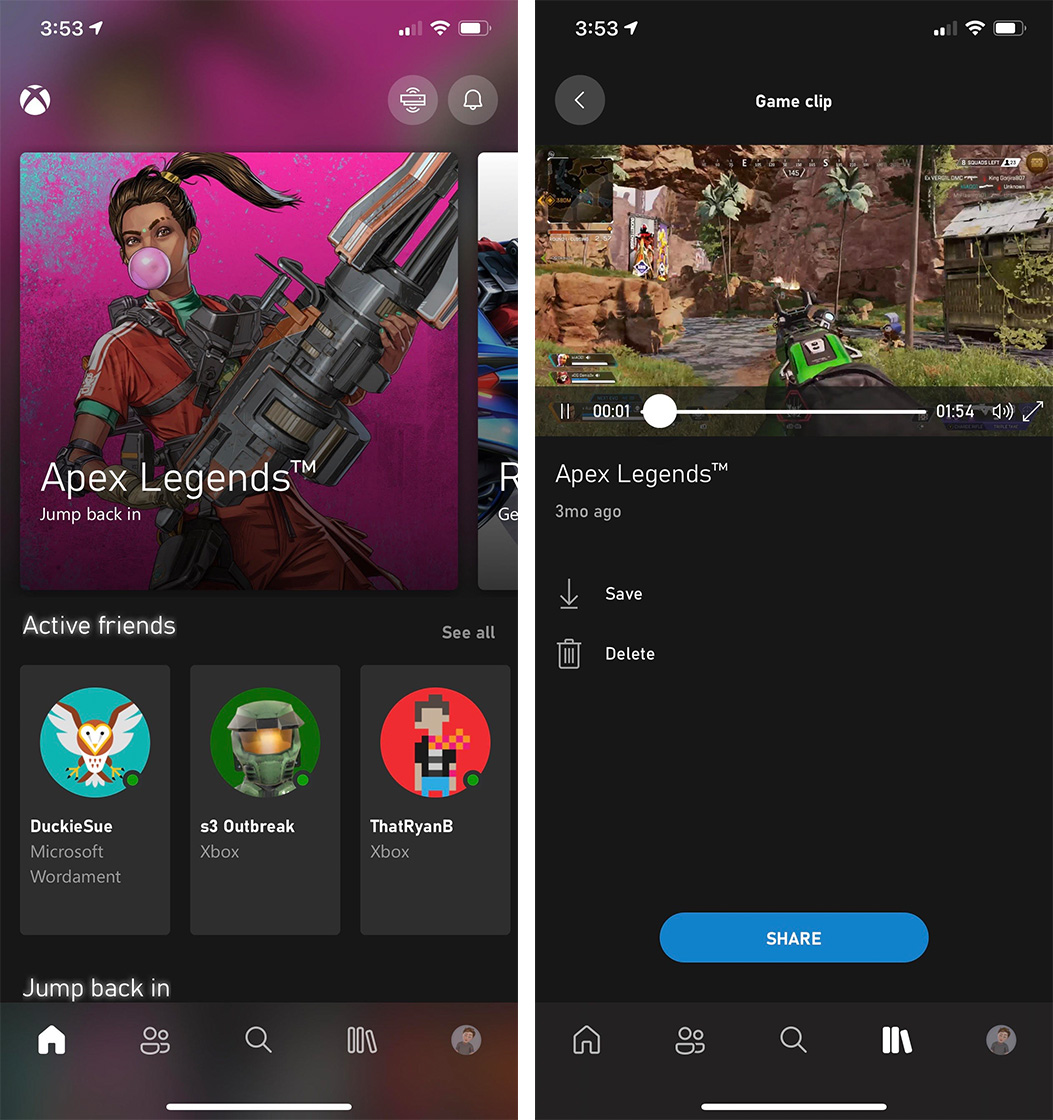
The new Xbox iOS and Android app are superb. It makes sharing captured gameplay clips a breeze to share on social media, though there isn’t an in-app video clip editing option. You first need to download the footage and then cut it how you want with Apple’s or Google’s Photos app.
The refreshed app also includes the same functionality it featured before, including chatting friends, launching Parties and more, just with a simple, slightly more intuitive design.
The same can be said about the Xbox Series X’s new dashboard. It isn’t a significant departure from how it looked on the Xbox One, but it is far more responsive, especially the overlay menu that pops up when you press the Xbox button. This is especially great for taking advantage of features like ‘Quick Resume,’ which I discuss at length in my previous Xbox Series X preview story.
The only other feature worth mentioning is that the Series X is capable of playing 4K Ultra HD Blu-ray discs. I tested this functionality out with a physical copy of Mad Max: Fury Road that I purchased way back when the Xbox One X first launched in 2017. The movie launched instantly and looked great, just like it did with the Xbox One X. However, I was still required to download a free Blu-ray player app before the movie would play.
Sliding the disc into the Series X did result in the console getting far noisier, making me wonder if physical games for the console will yield similar results. Everything I’ve tried with Microsoft’s next-gen system so far has been entirely digital.
I’ll have more on Microsoft’s Xbox Series X in the coming weeks, including a full review of the console. We’ll also have preview content related to the Xbox Series S on MobileSyrup soon.
The Xbox Series X launches on November 10th for $599.
Note: This is the second preview feature related to a near-final build of the Xbox Series X. To read my early impressions of the console’s design, follow this link.
MobileSyrup may earn a commission from purchases made via our links, which helps fund the journalism we provide free on our website. These links do not influence our editorial content. Support us here.

